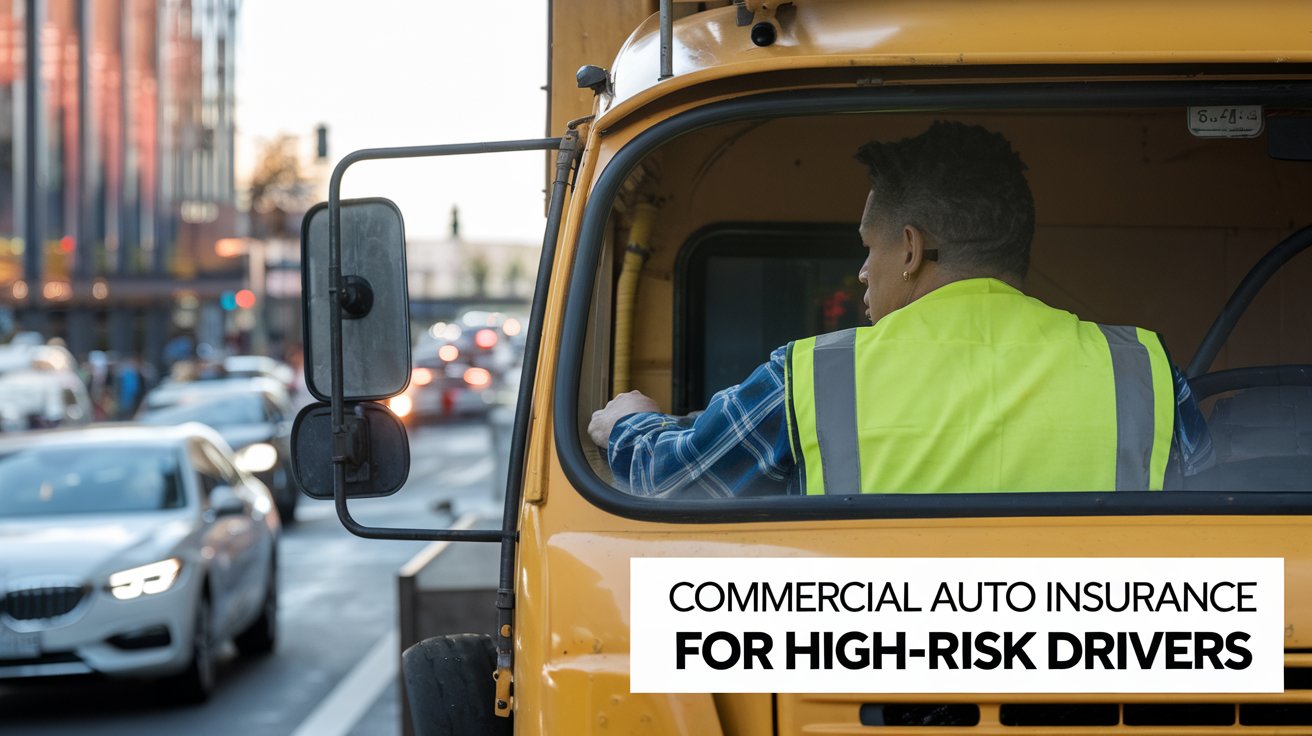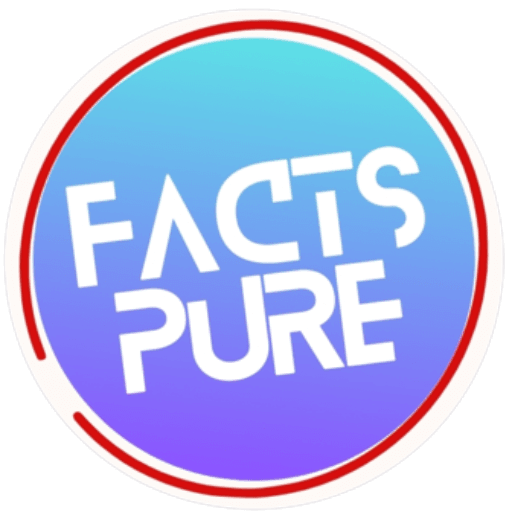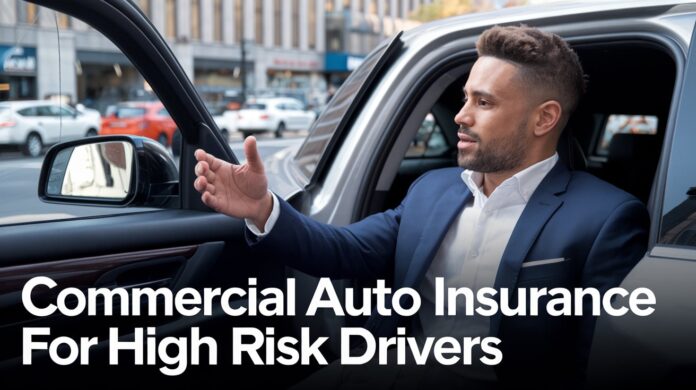Understanding Commercial Auto Insurance For High Risk Drivers
Definition and implications of high-risk insurance
Commercial Auto Insurance For High Risk Drivers: When you run a business that requires the use of commercial vehicles, the nature of your driving record can significantly affect your insurance rates. If you’re classified as a high-risk driver, you might find that obtaining commercial auto insurance could be more challenging than for those with clean driving records. High-risk commercial auto insurance is designed specifically for those with poor driving histories, including multiple accidents or traffic violations, DUIs, or a lack of consistent insurance coverage.
Read More: Best Car Insurance Companies For High-Risk Drivers In Canada
The implications of being a high-risk driver extend beyond higher insurance premiums. You may find that many insurance companies are hesitant to provide coverage or might offer very limited options. This can restrict the flexibility you have when choosing an insurer and can increase your overall operational costs.
Factors that categorize drivers as high-risk
Several factors can lead to your classification as a high-risk commercial driver. These include:
Poor Driving Record: Accidents, traffic violations, and reckless behavior are all scrutinized.
Experience Level: Newly licensed or young drivers typically face higher premiums due to their lack of experience.
DUI/DWI Convictions: Any records of driving under the influence can lead to significant increases in insurance rates.
Vehicle Type: Commercial vehicles generally face stricter assessment criteria and are more exposed to potential liabilities.
Understanding these factors is essential for you to navigate your insurance options effectively.
Consequences for businesses with high-risk drivers
If your business employs high-risk commercial drivers, you may face several challenges. Insurance carriers may classify your business as high risk overall, leading to higher premiums across the board.
Moreover, you may struggle to find insurers willing to cover your fleet entirely, forcing you to either settle for less advantageous terms or remain underinsured. This increased exposure can lead to higher costs not only in terms of premiums, but also in potential liabilities that your business may incur due to accidents or mishaps involving high-risk drivers.

Steps to Obtain Affordable Coverage
Importance of requesting multiple quotes
To make smart financial decisions regarding your commercial auto insurance, it’s critical to obtain multiple quotes from various insurance providers. Each company evaluates risk differently and may offer different rates based on their own underwriting guidelines. By comparing quotes, you can glean a better sense of what a reasonable premium should be and are more likely to find affordable options, even for high-risk commercial vehicle insurance.
Utilizing specialized insurance providers
Some insurance companies specialize in offering coverage specifically for high-risk drivers. These specialized providers can often deliver better rates, as they understand the challenges and nuances involved in insuring high-risk commercial drivers. Research to find insurers with experience accommodating clients with driving histories similar to yours, as they are more likely to understand the nature of your risk and offer tailored solutions.
Building relationships with insurance agents
Building a long-term relationship with a knowledgeable insurance agent can prove invaluable. A dedicated agent can help you navigate the complexities associated with commercial auto insurance for high-risk drivers. They can guide you through the paperwork, answer any questions, and suggest coverage options that align with your unique business needs. Over time, as they become more familiar with your driving habits and business practices, they may be able to negotiate better rates on your behalf.

Coverage Types for High-Risk Drivers
Essential coverages required by law
Your commercial auto insurance must cover at least the minimum liability requirements set by provincial laws. In Canada, for instance, you’re typically required to have liability insurance to cover damages caused by you or your drivers to third parties in the event of an accident. For commercial drivers, this can include:
Bodily Injury Liability: Covers injuries to others your vehicle may cause.
Property Damage Liability: Offers protection against damages to someone else’s property.
Additional coverages to consider for protection
While essential coverages are necessary to comply with the law, additional coverages can provide a higher level of protection for your business:
Collision Coverage: Covers damage to your vehicle resulting from an accident.
Comprehensive Coverage: Protects against non-collision-related damages such as theft or vandalism.
Uninsured Motorist Coverage: Offers protection if you’re involved in an accident with a driver who lacks insurance.
Optional specialized coverages based on needs
Depending on the specifics of your business, you might also consider optional specialized coverages, such as:
Cargo Insurance: Essential if transporting goods as it protects against loss or damage.
Hired and Non-Owned Auto Liability: For businesses using vehicles not owned by the company.
Physical Damage Insurance: Protects against a variety of risks specific to your vehicles and operations.
By assessing your specific business needs and understanding what additional risk factors you face, you can make more informed choices about possible optional additional coverages.

Strategies to Lower Insurance Costs
Improving driving records for premium reductions
One of the most effective strategies to lower insurance costs is to actively work on improving your driving record. Avoiding accidents and citations can turn your high-risk profile into a more favorable one over time. Insurers typically review your driving history when determining rates, and having a record free of incidents can lead to more competitive premiums.
Utilizing defensive driving courses for discounts
Many insurance providers offer discounts for drivers who complete defensive driving courses. These courses can help enhance your driving skills and show insurers that you’re committed to maintaining a safe operational environment. Look for educational programs that offer certification recognized by insurance providers to ensure you maximize these benefits.
Exploring policy options to adjust coverage limits
Another method to manage insurance costs is by exploring your coverage limits. While reducing coverage may lower premiums, it’s crucial to balance this against the potential risk to your business. Consider adjusting deductibles or removing optional coverages you may not need immediately, and re-evaluate these choices each year as your risk profile changes or improves.
FAQs
What is commercial auto insurance?
Commercial auto insurance provides coverage for vehicles used primarily for business purposes, protecting against liabilities resulting from vehicle use.
Who qualifies as a high-risk driver?
A high-risk driver is typically someone with a poor driving record, including excessive violations, accidents, or DUIs.
How can businesses reduce their premiums?
By improving driving records, completing defensive driving courses, and obtaining multiple quotes, businesses can often negotiate lower premiums.
What factors impact insurance rates for drivers?
Factors include driving records, the type of commercial vehicles used, industry type, and geographic location.
What is the best insurance for high-risk drivers?
The best insurance is typically one that offers a suitable blend of necessary coverage at the most affordable rates tailored to your specific risk profile.
Does the general accept high-risk drivers?
Yes, many insurers have programs designed specifically for high-risk drivers, though at potentially higher premiums.
How long are you considered a high-risk driver for insurance?
Typically, drivers remain classified as high-risk for 3 to 5 years after the last incident affecting their record.
What is the best insurance for commercial vehicles?
The best insurance will vary based on the specific business needs and risk factors, but high-risk commercial vehicle insurance is tailored for businesses facing specific challenges.
Who do auto insurance companies see as the highest risk?
Insurance companies usually consider drivers with multiple violations, a record of accidents, poor credit history, and minimal driving experience as the highest risk.
By thoroughly understanding your options and being proactive in managing your risks, you can secure the best commercial auto insurance for high-risk businesses in Canada.


